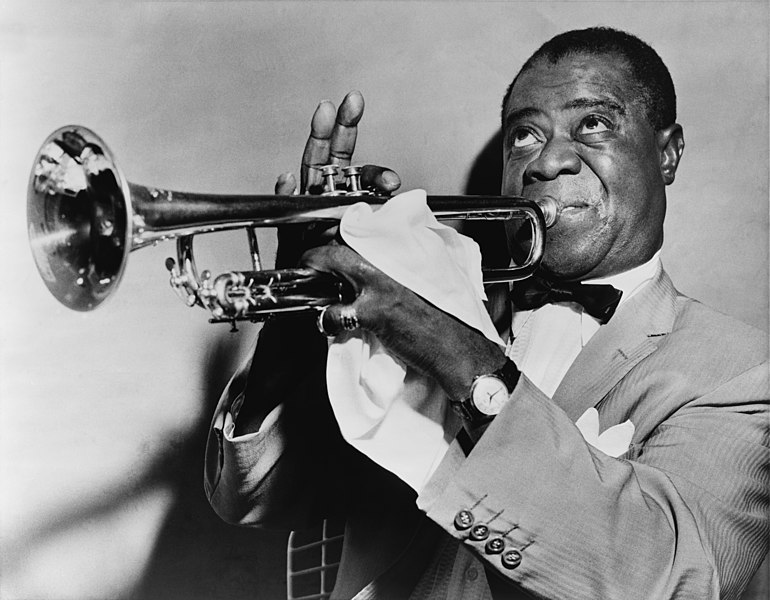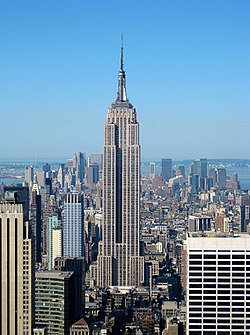
An aerial shot of Manhattan that spotlights the newly constructed wall of public housing on the East River -- Lillian Wald and Jacob Riis -- and the middle-class private city at the right, Stuyvesant Town. Original Source: New York City Housing Authority (NYCHA), circa 1949.
In the twentieth century, public housing was one aspect of the development in cities in the United States. Public housing in the United States was dedicated for the poor, low-income people, and for slum clearance. In New York City, the first public housing project was built in 1935.
At the beginning, the public housing projects in the United States were welcomed by many working-class whites as well as blacks. Public housing was highly demanded and was not only provided for blacks. In some cities, such as Chicago, the government allocated the poor of different races carefully into different apartments whose location matched the racial composition of that area. For black, there were projects in black communities, and for white, there were projects in white communities. There were also areas there racial composition was mixed.
However, in the late 1940s, this racial allocation seemed to be hard to maintain. As more and more blacks applied to public housing and more and more white looked for alternatives in private market, the government had to fill the public housing units with increasing amount of blacks, rather than let the units vacant. In Chicago, the black population of the Frances Cabrini Homes had reached 40 percent by 1949, the double of the original 20 percent limit. The percentage of blacks continued to increase and reached 85 percent by 1959. This was the same in New York City. The white population of public housing in New York City dropped from 66 percent to 25 percent during the 1950s. Since then, public housing became as a label of impoverished black residents, and even became a way of segregation. (Chudacoff, 233)





 Louis Armstrong known throughout the Harlem Renaissance.
Louis Armstrong known throughout the Harlem Renaissance.




















